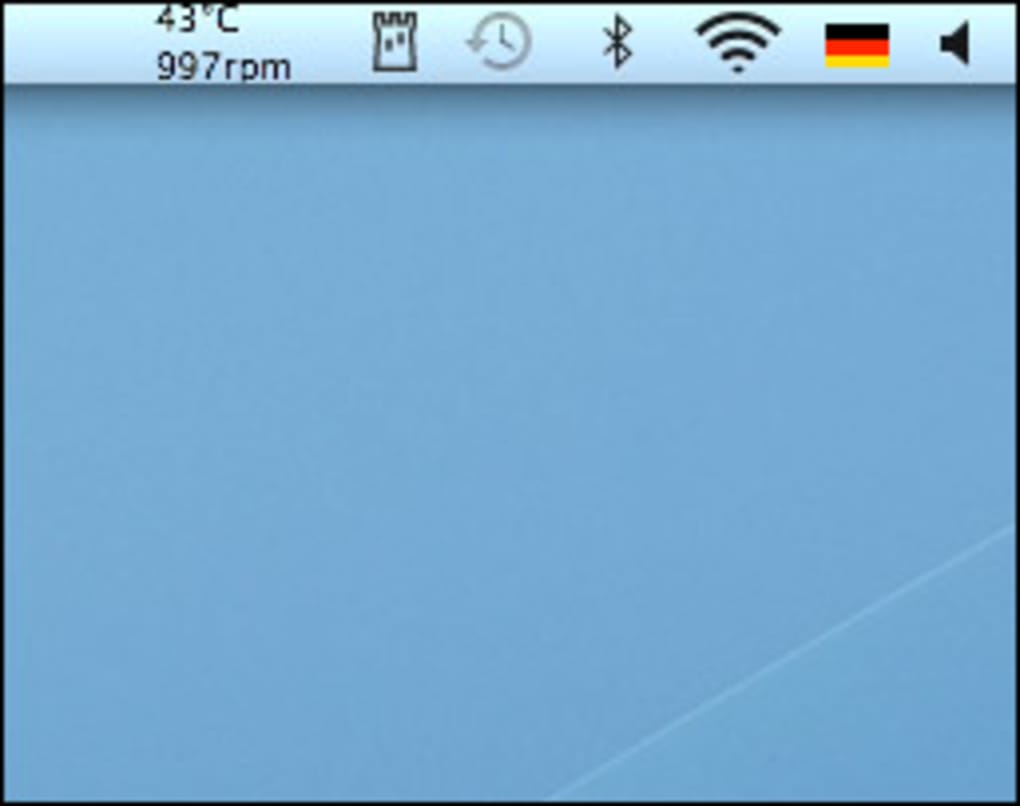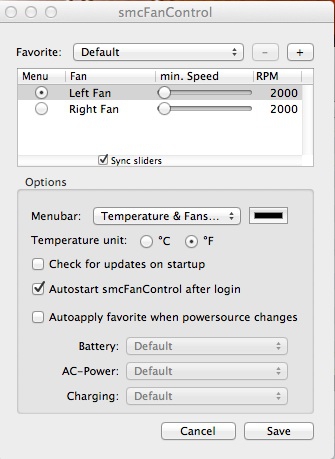


They will return to 0% if the temperature is 65 C or less. Then you can set the fan speed according to the slider. Next, you'll need to flick the switch in the middle left of the card. To do this, click the button in the top right corner of a fan control card and check the option Manual control. For example, in my curves, the fans will always spin at 100% speed if the temperature is 95 C. The first method is to set a constant speed. When the minimum or maximum temperature is reached for both of these cards, their corresponding speed will trigger. Next, you need to set a minimum speed and a maximum speed. Basically, you're telling the app, "I want my temperature to never exceed X, but it's okay if it never goes below Y." Both cards require you to set a minimum and a maximum temperature. First, let's focus on the Target and Linear cards since they're very similar to each other. I've already configured these cards to my personal preference. This utility provides two user modes, viz.: OS Command Line Mode and Shell Mode.

For case fans, you can use the hottest motherboard, CPU, or GPU sensor as it doesn't matter too much. The SMCIPMITool is an Out-of-Band Supermicro utility that allowing users to interface with IPMI devices, including SuperBlade systems, via CLI (Command Line Interface). Before you do anything, you need to select a temperature source.įor CPU fans, use one of your CPUrelated sensors (pick the one with the highest temperature to be safe).


 0 kommentar(er)
0 kommentar(er)
